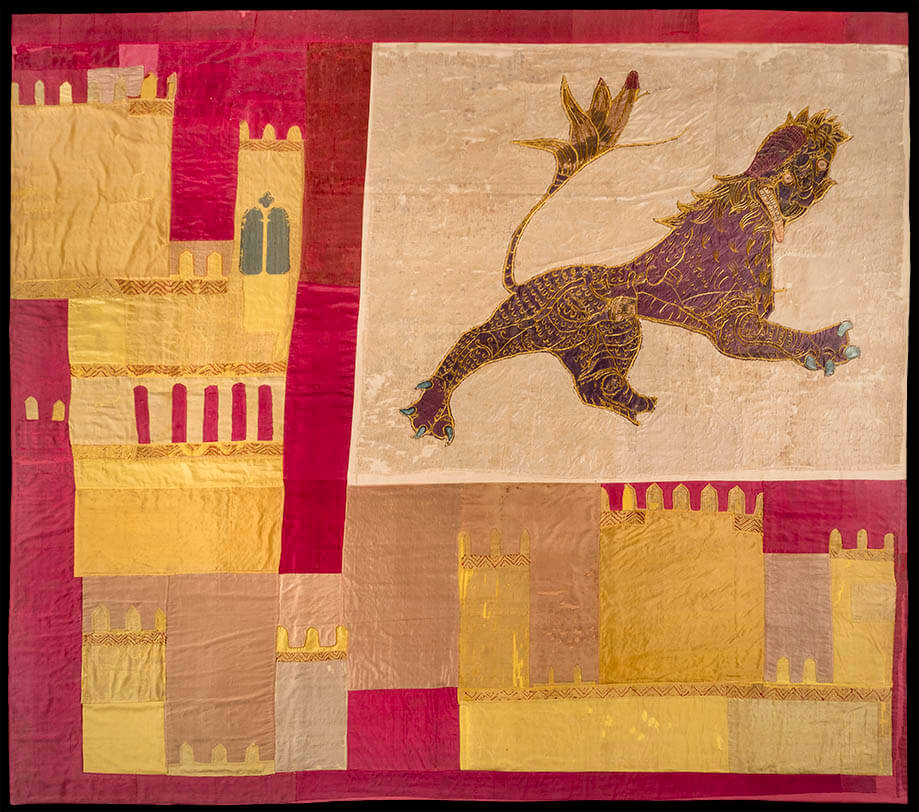
ANÓNIMO, 1248
Trascoro
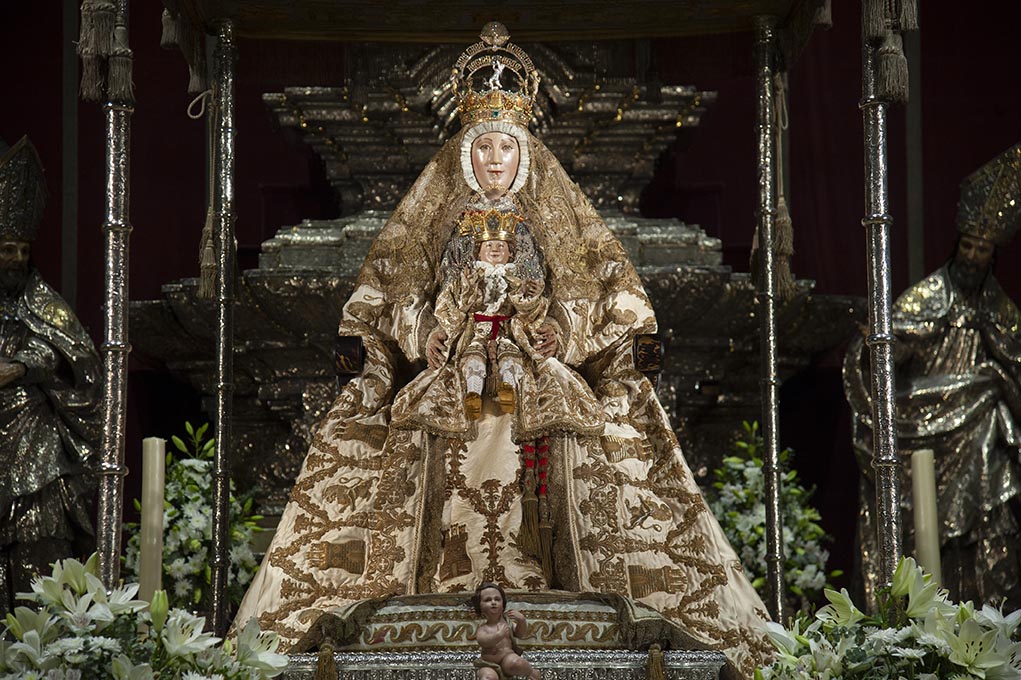
CONJUNTO CASTILLO Y LEONES, 1874
field_633d72a4e63d1
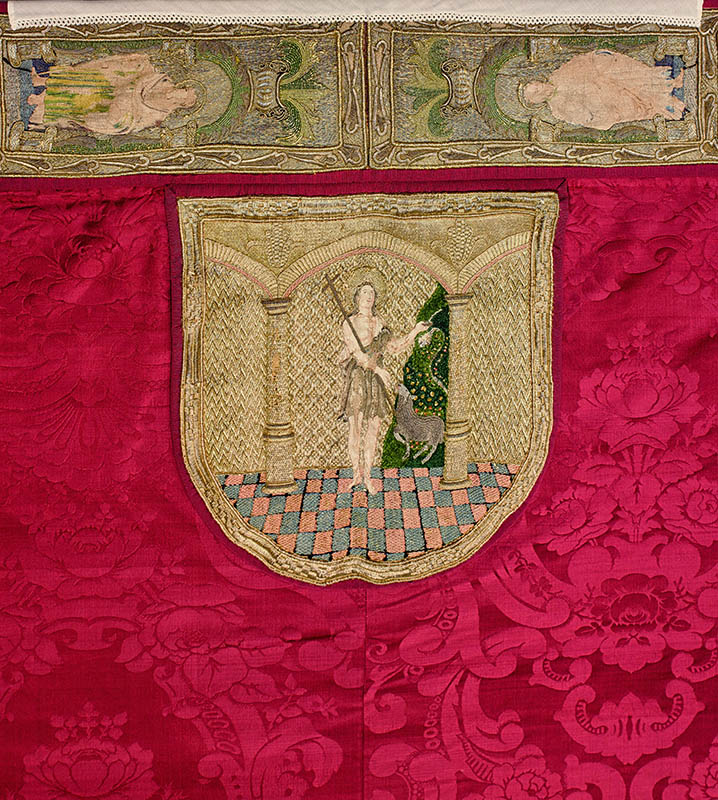
ANÓNIMO sevillano, Primera mitad del siglo XVIII
field_633d72a4e63d1
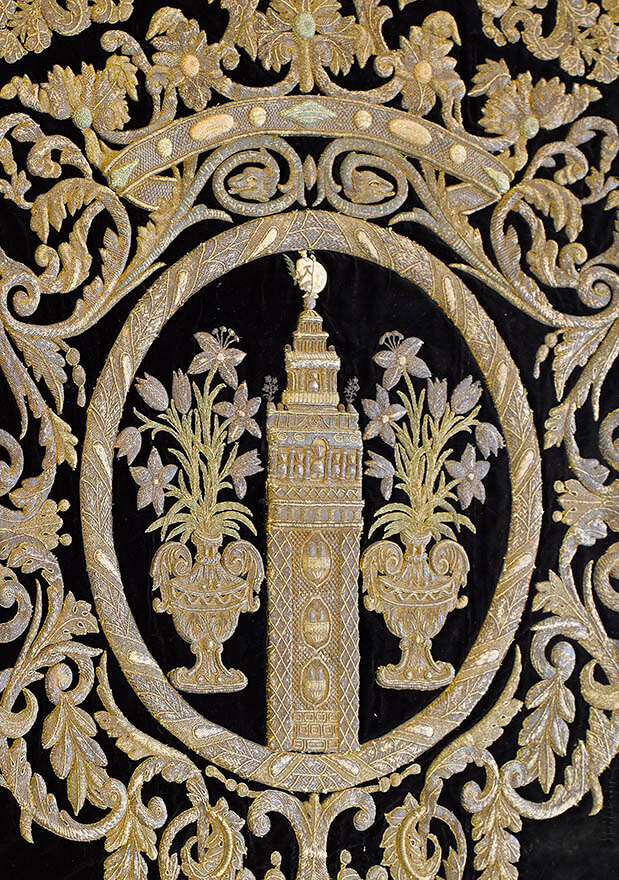
Atribuido a Francisco RIBERA, 1679
field_633d72a4e63d1
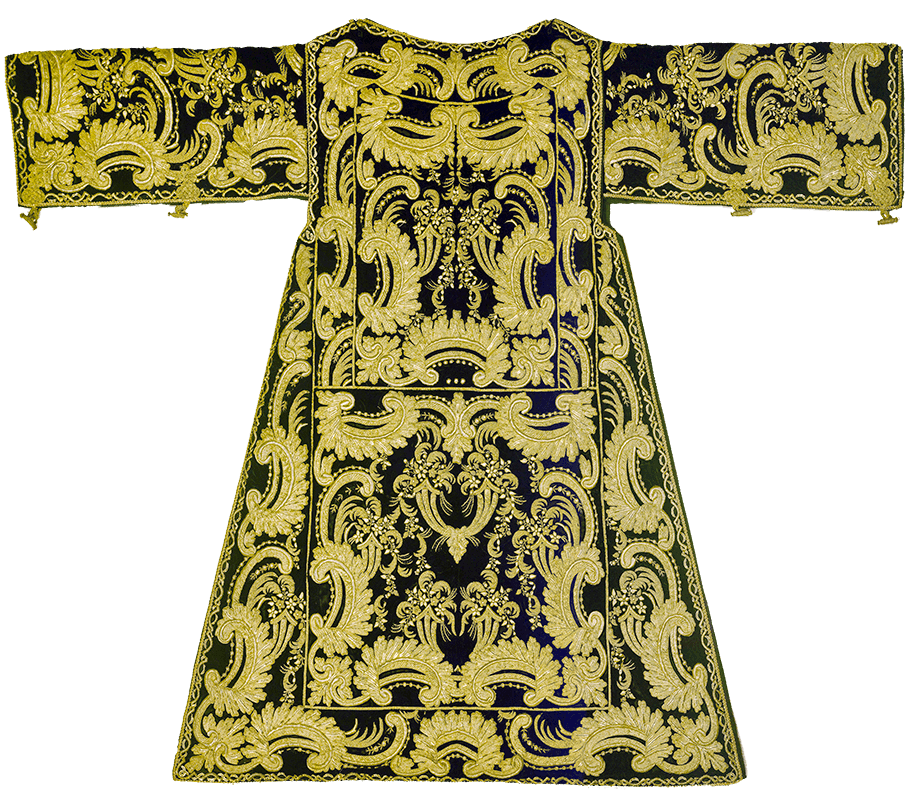
ANÓNIMO sevillano,, Segunda mitad del siglo XVIII
field_633d72a4e63d1
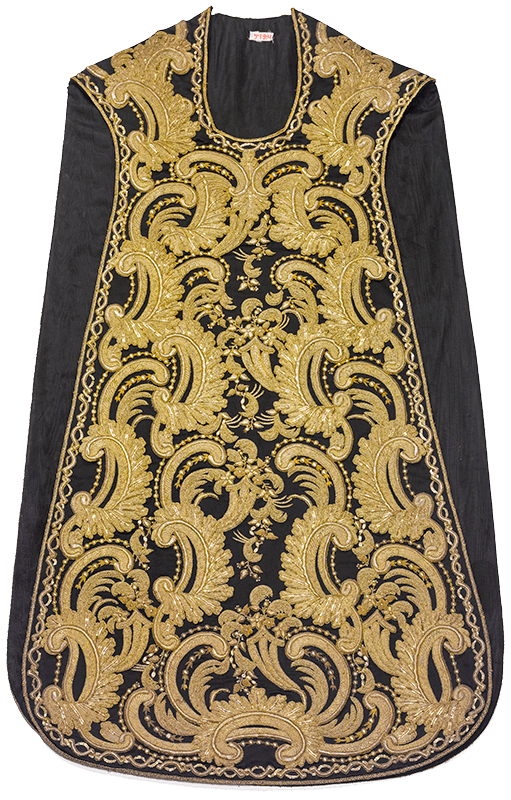
ANÓNIMO sevillano, Segunda mitad del siglo XVIII
field_633d72a4e63d1






IN THIS SECTION:
Fabrics
Thesacred ornaments of the Cathedral of Seville attest to the magnificence of the ceremonial with which the religious festivities were celebrated. The collection is important for the quantity, quality and variety of antique pieces, which continue to enhance the most solemn ceremonies. Due to changes in liturgical practices, most recently those motivated by the new missal of 1969, some liturgical vestments, such as manipulums, chalices, amitos, pulpit and indulgence cloths, altar veils and others, had fallen into disuse; the planets and guilds had already fallen into disuse. All these parts, as well as many others that are not in regular use, are stored in drawers, cabinets and suitable storage areas.
The Cathedral commissioned, by means of contracts, the ornaments to different workshops and appointed a prestigious embroiderer to examine the whole process and to appraise, by means of a report, the price. In addition, for centuries, the canons and dignitaries wore important layers of imagery in processions and other ceremonies, which each one paid for with his own income.
The fragility of the fabrics, the continuous use of the ornaments and their wear and tear, require continuous attention. In the Cathedral of Seville, since the 15th century, the position of “mistress of the ornaments or vestments” has been documented, in charge of the care, maintenance and repair of these fabrics, which is currently carried out by restorers and specialized workshops.
From the medieval trousseau there are iconographic and documentary testimonies, but also extraordinary remains of the vestments of Saint Ferdinand and his Banner. This insignia, hoisted by the Christian troops on the day of the conquest of Seville, November 23, 1248, is an exceptional piece that, made in the first half of the 13th century, originally had four quarters with castles and lions, arranged diagonally and embroidered by means of the technique of the interlacing of figures. His son Alfonso X the Wise ordered in his will that the ornaments of his chapel and an altar cloth should pass to the Cathedral. Later, the Cardinal Don Juan de Cervantes (+1454) and the Great Captain Don Gonzalo Fernandez de Cordoba (+1515) gave rich ornaments and also the Catholic Queen donated some clothes to the image of the Virgin of the Kings. However, most of the liturgical vestments date back to the 16th century, such as some embroidered altar frontals.
Gothic
A work of great artistic and historical value, deposited in the Cathedral, is the pluvial cloak with which Charles V was clothed on the day of his coronation in the cathedral of Aachen on October 23, 1520; the hood and the orphre of imagery depicting saints, kings and queens with embroidery made in Flemish workshops around 1508.
Renaissance
Approximately four thousand pieces are preserved, among which the ternos of the XVII and XVIII centuries stand out, such as the so-called “Terno Rico de Cuaresma”, another one for Pentecost, Saint Clement, Corpus Christi, three for the deceased and others for sacramental festivities; there are also some from the XIX century. There are about three hundred pluvial or processional capes, with orphre and hoods of imagery, restored and transferred to new supports. Even today the same capes continue to be used: red on Palm Sunday and St. Clement’s Day processions; white on St. Ferdinand’s Day and blue on the feast of the Immaculate Conception.
Twenty altar pediments have been preserved and most of them have ternos as a whole. Among the cloths are the processional skirts of the Corpus Christi monstrance and several 18th century guilds, the so-called “Persian canopy” from the late 16th century and the large 17th century Chinese-Philippine embroidered tapestry; a devotional cloth embroidered with an applique technique with the image of a Nazarene, a crimson pastry case embroidered with the emblem of the Cathedral, from the late 17th century, and several cloths for deceased persons embroidered in the same period.
Other flags, banners and military scripts from the XVIII to XX centuries offered to the Virgen de los Reyes are also kept.